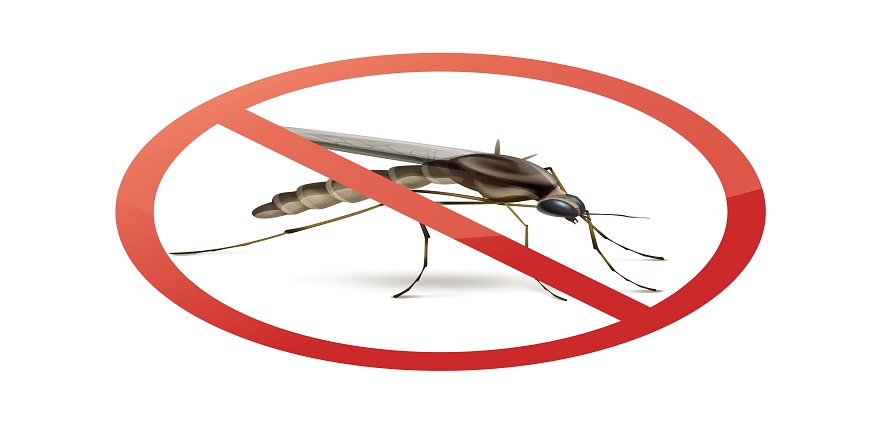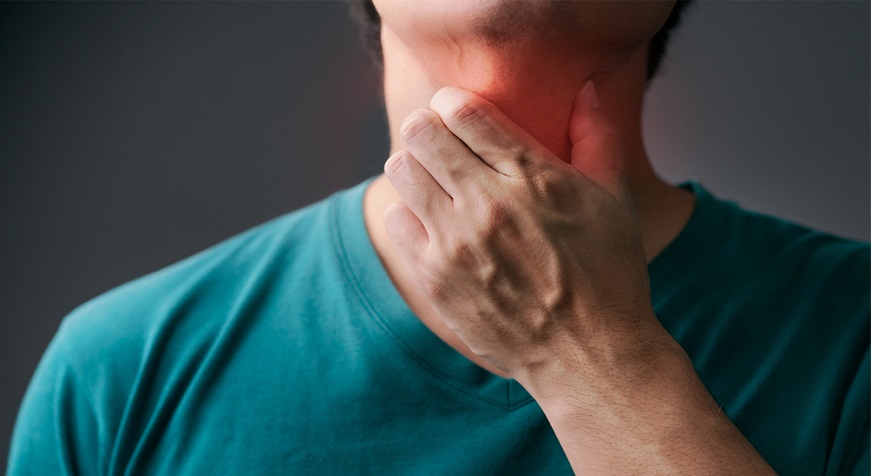Mosquitoes may be tiny insects, but their bite should never be underestimated. These insects are among the most dangerous carriers of illness in the world. Millions of people are affected by mosquito-related diseases annually, particularly in tropical countries like India. What might begin as an unassuming, itchy bite can sometimes lead to serious and potentially life-threatening conditions.
The danger lies in the way mosquitoes spread infections. When a mosquito feeds on human blood, it is not sucking up the nutrition; it is also drinking in viruses or parasites present in that blood. These harmful organisms move through the mosquito’s body to enter the next person it bites through its saliva. A disease that is transmitted by mosquitoes in this manner is known as a mosquito-borne disease. Although the mosquito is itself symptom-free, the human host can experience severe health-related problems.
The risk of contracting a mosquito-borne virus becomes even higher during the monsoon season. Humid weather and stagnant water create perfect breeding grounds for mosquitoes, leading to a surge in cases. Urban and rural areas alike often experience sharp rises in mosquito related diseases during this period, making preventive measures essential.
There are many types of mosquito-borne diseases that impact populations globally. Malaria, dengue, chikungunya, Zika fever, yellow fever, and West Nile virus are among the most common. For instance, dengue alone affects around 390 million people annually, causing high fever, severe body pain, and in extreme cases, fatal complications. Similarly, chikungunya and Zika have emerged as growing threats in recent decades, often spreading rapidly across communities.
The suffering caused by these diseases cannot be overstated. From prolonged illness to significant economic impact due to lost working days, the burden is immense. Raising awareness about mosquito-borne disease prevention, improving sanitation, and encouraging early medical intervention are crucial to reducing their impact. Mosquitoes may appear small and harmless, but they are vectors of some of the most dangerous illnesses known to humankind. By understanding the risks of disease caused by mosquitoes and recognising the different types of mosquito-borne disease, individuals and communities can better protect themselves against these silent but deadly threats.
What are the Different Types of Mosquitoes and Diseases They Spread?
In order to avoid the diseases caused by mosquitoes, it is crucial to understand the different types of mosquitoes and what diseases they carry. Some of the common species that can be witnessed in India include: -
Anopheles
Commonly referred to as marsh mosquitoes, Anopheles are the main carriers of malaria. They are common in rural India and transmit parasites that cause the disease, killing hundreds of thousands of people a year around the world.
Aedes
Aedes mosquitoes are aggressive daytime biters and are distributed throughout most parts of India. Invading cells, they transmit several viral diseases, including dengue, Zika, and chikungunya. Their breeding preference includes small water collections, even in domestic surroundings.
Culex
Culex mosquitoes bite mostly at night and breed in stagnant or polluted waters such as drains, ponds and septic tanks. They vector deadly diseases such as West Nile virus, Japanese encephalitis, and filariasis and are adapted to attack both rural and urban populations.
What are the Most Common Types of Mosquito Borne Diseases?
- Malaria
Malaria is a severe mosquito-borne disease caused by Plasmodium parasites, which are passed to people from the bites of infected Anopheles mosquitoes. It is among the most fatal of all mosquito-borne diseases worldwide, especially in tropical and subtropical regions such as India and Africa. Symptoms occur 10–15 days after the bite and include fever, chills, diaphoresis, myalgia, and fatigue. When left untreated, malaria can lead to severe illness, including serious complications such as seizures, anaemia, kidney failure or death. Early detection and treatment, in combination with preventative measures like insecticide-treated bed nets and anti-malarial drugs, are key to curtailing deaths from malaria.
- Dengue
Dengue is among the most prevalent diseases caused by mosquitoes and is primarily transmitted by the Aedes aegypti mosquito. It is widespread in over 140 countries, especially in tropical and subtropical regions. The causes of mosquito-borne diseases like dengue are linked to infected mosquito bites that transfer the virus into the bloodstream. The major symptoms of mosquito-borne diseases of dengue appear within 4-10 days after infection and include a high fever, severe headache, pain behind the eyes, joint and muscle pain, nausea, vomiting, swollen glands or rash. So painful are its symptoms, dengue is also known as “breakbone fever.”
- Zika
Zika virus is the result of another mosquito-borne illness, transmitted primarily by Aedes mosquitoes, which also infects people with dengue and chikungunya. Zika, unlike other types of mosquito-borne diseases, frequently has mild or no mosquito borne disease symptoms. When symptoms do occur, they can include fever, rash, joint pain, headache, muscle aches, and conjunctivitis (red eyes). The most serious risk is for pregnant women, as Zika infection can cause microcephaly and other birth defects in babies. It may also cause Guillain-Barré syndrome in adults, a rare neurological condition.
- West Nile Virus
West Nile Virus (WNV) is one of the common viral infections caused by mosquitoes worldwide, including the United States, Europe, Africa and the Middle East. It is transmitted when mosquitoes feed on infected birds and then humans. In most cases, people do not develop symptoms of mosquito-borne diseases, but about 20% may experience fever, headache, body aches, fatigue, nausea, or skin rashes. A rare but severe infection can result in life-threatening complications such as meningitis, encephalitis, paralysis or coma.
- Chikungunya
Chikungunya is a viral illness that falls under the major types of mosquito borne diseases, caused by Aedes aegypti and Aedes albopictus. The disease caused by a mosquito bite is marked by sudden fever, headache, rashes, nausea, fatigue, and most notably, severe joint pain and swelling. this excruciating pain can last for weeks or months, greatly impacting a person's quality of life. While rarely fatal, the symptoms of mosquito diseases can be long-lasting and debilitating. There are no vaccines or antiviral treatments for chikungunya, so the prevention of mosquito-borne diseases is crucial.
- Yellow Fever
Yellow fever is one of the deadliest mosquito-borne diseases, primarily spread by Aedes and Haemagogus species. The origins of mosquito-borne diseases, such as yellow fever, is through the transmission of the virus from infected mosquitoes to humans. The first mosquito-borne disease symptoms are fever, headache, unclear mind, muscle and joint pain, poor appetite, chills and vomiting. In severe cases, the illness can cause jaundice (yellowing of skin and eyes), organ failure and internal bleeding. Among all types of mosquito-borne diseases, yellow fever is unique because it can be prevented with a highly effective vaccine that offers lifelong protection.













 7982100200
7982100200






















 To reach our help desk call 9213188888
To reach our help desk call 9213188888.png)
Comments